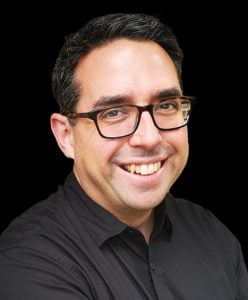After teaching K-6 vocal music in the Bellevue (Nebraska) Public Schools for 23 years, Cody Talarico ’99 is strengthening arts education across the state as the new fine arts education specialist with the Nebraska Department of Education.

“My main focus right now is building relationships and meeting as many people as I can to learn more about fine arts education in the state,” said Talarico, who began the position in June. “I’ve been focused on the Omaha Metro area for the past 23 years, and I’m now learning about many great things happening in the rest of the state, too.”
The Wilber, Nebraska native, who earned his bachelor of music degree in K-12 music education from Hastings College and master of music degree from the University of Nebraska Omaha, is part of the Office of Teaching, Learning and Assessment. The office provides leadership, service and support to public and non-public schools in various content areas, including the fine arts, which comprise music, theatre, visual arts, media arts and dance. Talarico became involved with the office as a teacher serving on the writing committee for statewide fine arts standards adopted in 2014.
“Having been a teacher definitely gives me an inside perspective of what fine arts teachers need. It’s important that I listen to what teachers are going through and how we can support them,” he said.
Creative approaches
Talarico meets with K-12 fine arts teachers, educational service units, arts organizations and teacher education faculty to build connections and facilitate learning experiences for both students and educators. What he’s learned in his first few months inspired him to create the Fine Arts Exchange, a month-long, asynchronous electronic event in fall 2022 where arts educators learned about programs and resources offered by more than 20 arts nonprofits and state agencies.
“It’s meant to be a one-stop resource for teachers,” he said. “One of the hardest things as a teacher is you never have time to do everything you want to do.”
He developed another initiative, Fine Arts Rap, after conversations with higher education faculty at a Teacher Education Forum in August.
“Faculty from colleges and universities that offer certification in music, visual arts and theatre talked about wanting to connect with teachers in the field and to hear about their successes and challenges,” he said. “That way, faculty can strengthen their teacher preparation programs, making them more relevant to current needs and trends.”
Talarico also launched an electronic newsletter, “Expressions,” containing teaching resources, links to arts-related websites and books, technology tips, grant opportunities and other valuable information.
The Hastings connection
When Talarico was in high school and considering colleges, Hastings wasn’t even on his radar until his piano teacher, MarySue (Hormel) Harris ’63, encouraged him to visit campus for a piano competition. He met and played for faculty member Ruth (McKevitt) Moore ’69, and his course for the future was set.
“MarySue and Ruth graduated from Hastings, and they both studied with Elinore Barber. I had amazing piano instruction for so many years,” he said.
Talarico remembers his years in the music department as a time of joy and creativity. Moore, inducted into the inaugural class of the Hastings College Fine Arts Hall of Fame in 2019, held regular sessions with her piano students from 9:00 to 11:00 p.m. Mondays in Fuhr Hall so they could hear each other play and eat her famous Texas sheet cake.
“I made great friends among my fellow students and faculty, and I still communicate with them. I don’t know how many students at other colleges can say they regularly communicate with their professors nearly 25 years later,” he said.
Now a statewide advocate and resource for educators and students, Talarico credits his alma mater with inspiring a career that has taken him from the classroom to the Nebraska Department of Education, each step guided by his deep-seated commitment to the fine arts.
“The arts give space for students to learn and express themselves in ways that are different from other subject areas,” he said. “The arts aren’t on the periphery. They’re part of a well-rounded education.”

